Electronic widgets voted Cyclingnews Best Tech Innovation
Potential pedal-based power meters offer advantages

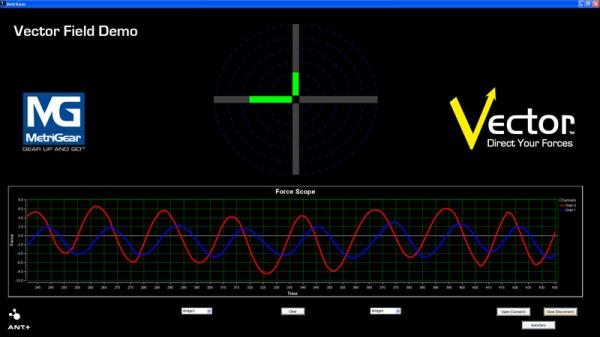
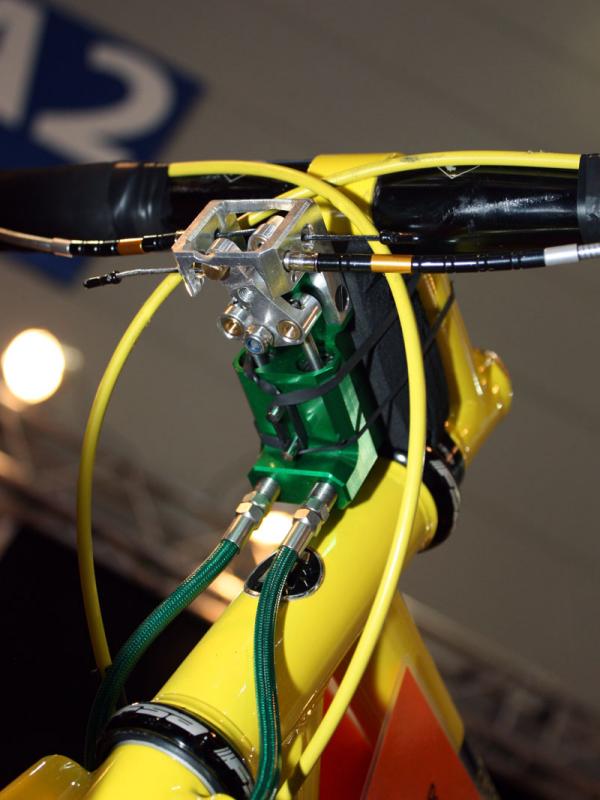




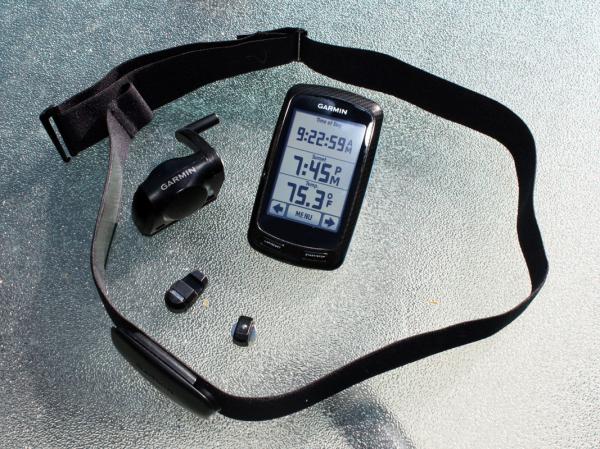


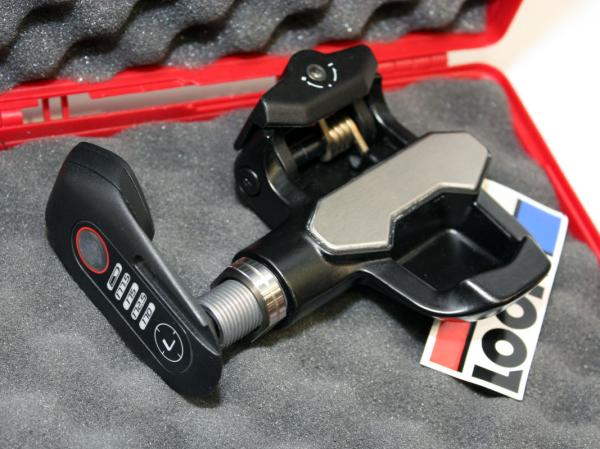
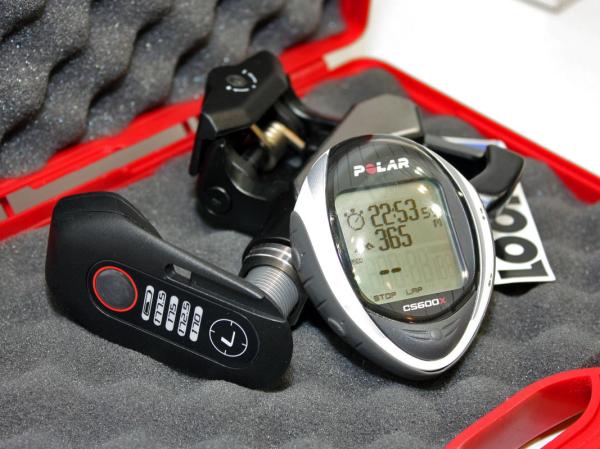


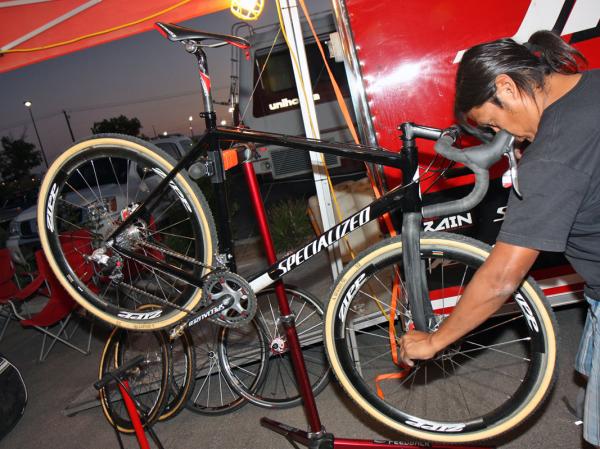
Electronic gear has again dominated the Best Tech Innovation of the 2010 Cyclingnews Reader Poll with pedal-based power meters and GPS-enabled computers earning a commanding lead over the rest of the field. Say what you will about the increased use of advanced electronics on bicycles - the concept is here to stay, a greater percentage of us are taking advantage of their enhanced functionality, and we're bound to see more of it in the coming years.
Now online: The 2010 Cyclingnews reader poll
Pooley Voted Cyclingnews Female Road Rider of the Year
Cancellara Voted Cyclingnews Male Road Rider of the Year
Compton voted Cyclingnews Female Cyclo-cross Rider of the Year
Nys voted Cyclingnews Male Cyclo-Cross Rider of the Year
Absalon voted Cyclingnews Male Mountain Biker of the Year
Koerber voted Cyclingnews Female Mountain Biker of the Year
Campagnolo Super Record 11 group voted Cyclingnews Best Product
Paris-Roubaix voted Cyclingnews One-Day Race of the Year
Giro d'Italia voted Cyclingnews Stage Race of the Year
Phinney voted Cyclingnews Male Track Rider of the Year
Just two main players - Metrigear and Look - currently occupy the pedal-based power meter category and interestingly, neither company has yet to officially release their product to the marketplace. Yet the potential advantages both systems offer relative to current hub and crank-based direct-measurement power meters was apparently enough to draw your attention.
Both the Metrigear Vector and Look KéO Power house multi-sided strain gage arrays within hollow pedal spindles, which then send their information wirelessly to compatible computer heads. The purported advantages include easier transfer of the units across various bikes for racing and training - or, say, between road and time trial rigs - along with theoretically improved measurement accuracy since the arrays are physically closer to where the power is applied.
"Our number one motivation was to simplify the ownership experience," said Jake Jacobson of Garmin, who purchased Metrigear this past autumn. "[We want to] enable a cyclist to purchase and install Vector without the need for a mechanic and eliminate complex tradeoffs due to the number of bicycles that a cyclist owns or the various types of riding that a cyclist participates. We believe that if you can address these limitations, it's possible to expand the market beyond the professional and active racer segments."
That multi-sided sensor array can also potentially provide a deeper understanding not just of how much power is being applied, but also in what directions and exactly what points in the pedal stroke. With the right analysis and coaching, that information can yield real improvements in training regimes, pedal techniques, and ultimately, rider performance.
"Our second motivation was to provide new information to the cyclist - not just how much power, but how power is produced," Jacobson continued. "Independent left and right, pedaling technique, fit - accurate data in these areas could possibly reveal valuable metrics and markers. This was part of a long-term vision. The plan is to release independent left and right data at launch, with new metrics over time as they are validated. Measuring forces at the pedal, the man-machine interface, enables the accurate collection of this data."
Look is scheduled to release its KéO Power pedal/power meter system this coming spring while Metrigear's release is still officially pegged at a more vague "second half of 2011." While Look's system will obviously be built around the company's KéO pedal, Metrigear has yet to announced compatible pedal platforms.
The latest race content, interviews, features, reviews and expert buying guides, direct to your inbox!
Occupying a strong second place in this year's poll are GPS-enabled cycling computers, all of which track the user's location using an array of orbiting satellites - satellites!
Along with the usual time and distance functions, GPS computers record a vast array of additional data points, most of which can be downloaded and analyzed after your ride. Speed, distance, route? That's all child's play at this point. These days you can also scrutinize reasonably precise altitude and location information and even overlay them on third-party applications like Google Earth.
While their cost is still prohibitive to many users, GPS computers nevertheless remain very high on the want lists of riders who aren't already lucky enough to have one. As their popularity grows, though, hopefully the prices will come down as well so more users can enjoy the benefits.
Coming in at third is the idea of disc brakes on 'cross bikes, which promise more consistent braking performance in all weather conditions along with potentially lower maintenance. With the UCI recently lifting its ban on the concept, frame and component manufacturers are scrambling to develop high-performance equipment to suit the market though in reality, it will likely be another season or more before we see proper dedicated hydraulic setups.
Either way, what's perhaps more exciting is what the equipment development will mean for road bikes. While likely somewhat heavier than current rim brake offerings when everything is accounted for, disc brakes could legitimately revolutionize how we all descend on the road. More power and increased control will allow for later braking and faster overall speeds, moving the braking surface away from the tire will improve safety by reducing the occurrence of blowouts, and lever ergonomics could potentially take a major turn from current styles.
Some manufacturers such as Volagi are already on board with the idea but we're eager to see where this all goes. The next few years can't pass quickly enough.
Cyclingnews Reader Poll results - Best Tech Innovation
Pedal-based power meters, 4521 votes (26.9%)
GPS-enabled computers, 4095 (24.4%)
Disc brakes on 'cross bikes, 2065 (12.3%)
Wide-profile road wheels, 1386 (8.3%)
Belt-drive drivetrains, 1122 (6.7%)
PressFit 30 bottom brackets, 970 (5.8%)
BBright multi-fit bottom bracket standard, 960 (5.7%)
Carbon fiber mountain bike wheels, 955 (5.7%)
E-bikes, 362 (2.2%)
142x12mm rear thru-axles, 351 (2.1%)
